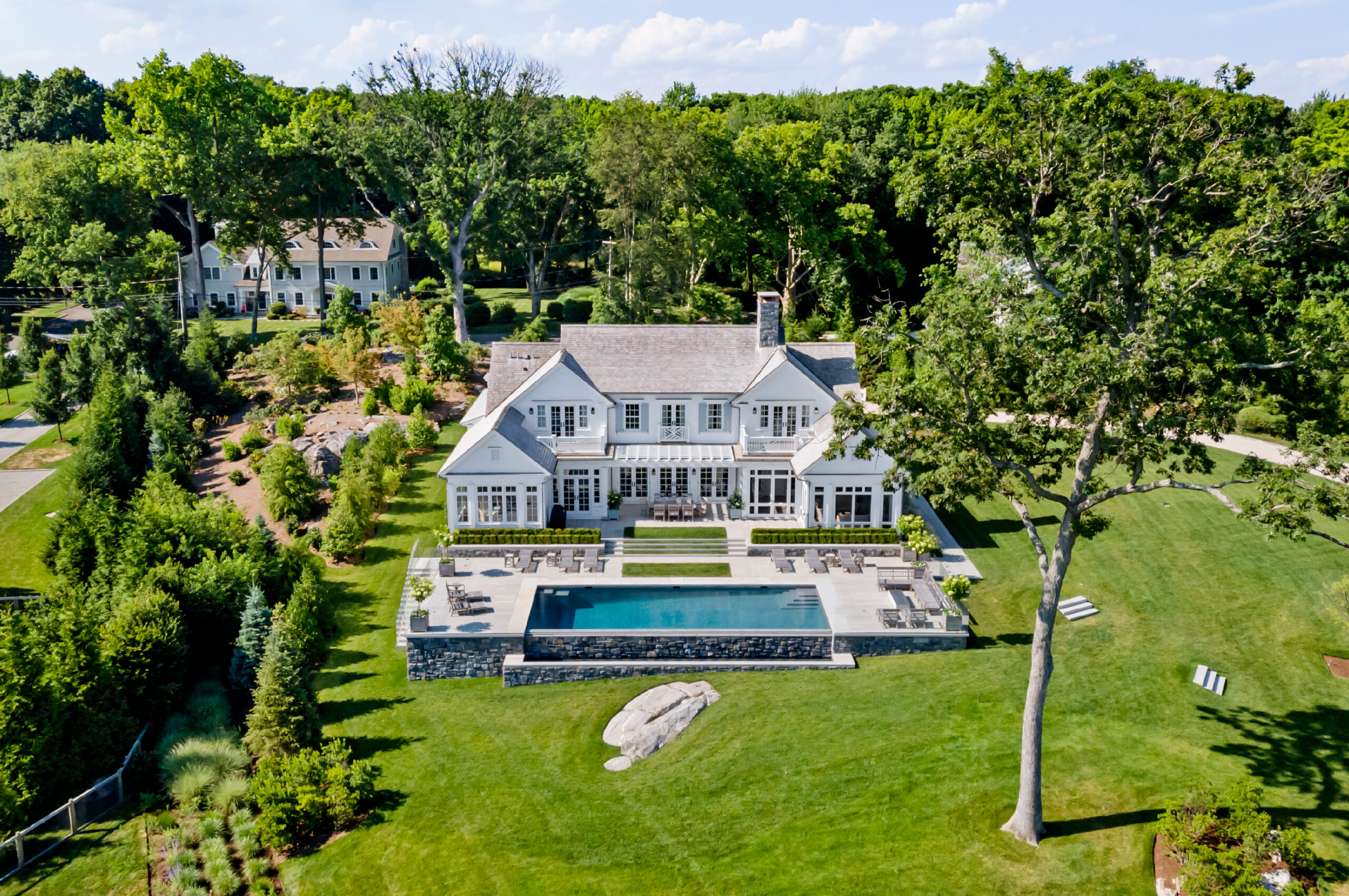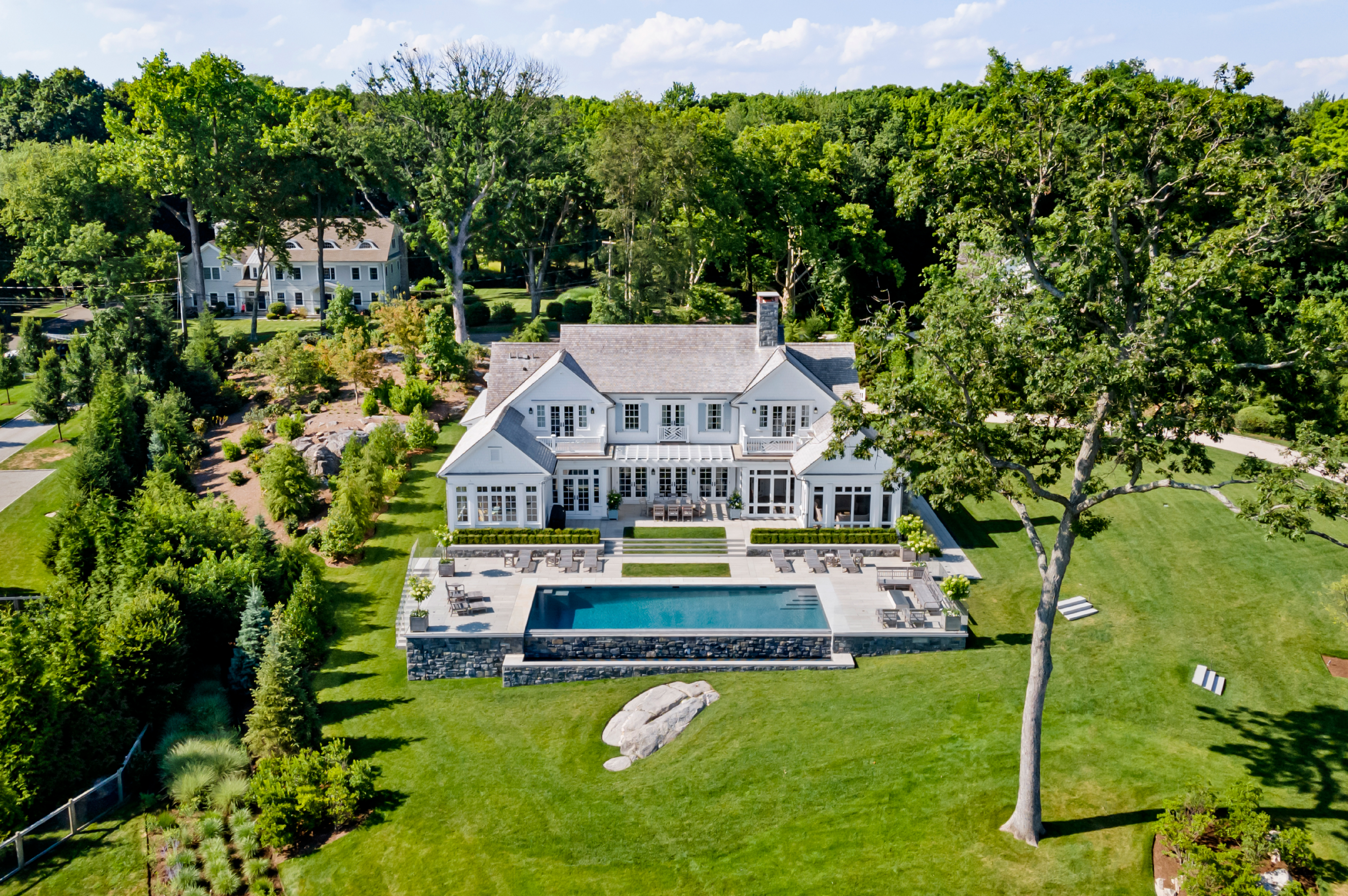
Are you planning to build your dream home? No worries, you are at the right place. A house with efficiency is achievable with comprehensive planning including smart material chocolate and efficient labour management. By determining how to build a house on a budget, you can create a comfortable home without financial constraints by following a step-by-step guide.
This article covers information including the total amount and breakdown of the home building budget that guides you to make wise investments for each construction phase.
What is a Home Building Budget Plan?
A house-building budgeting consists of a comprehensive financial plan that outlines the estimated costs associated with building a new home. There are several factors listed there:
Cost Estimation:
The first and foremost step budget estimation provides you with an all-item list of expenses expected during the construction process including design permits, utilities, cost material as well as estimated expenses that may increase during the work.
Financial Management:
Another significant point is that budget helps manage and monitor your all expenses to ensure your home building projects stay within financial limitations that reduce your overhead costs that could deteriorate the project completion within a given timeline.
Funding Strategy:
Effective Funding strategy for home building offers assistance to homeowners and home builders in securing financing as lenders often require a detailed budget plan before approving construction loans.
Decision Making:
Mapping out anticipated costs, the budget helps to make wise investments in the scaling of the project, high quality material selection, and their cost revenue decision.
A well-planned building of a home budgeting on a budget includes various key factors.:
Total Budget:
The maximum budget available for the completion of a home project.
Breakdown of Costs:
The breakdown of costs in detailed categories include perfect location, architectural designing fees, high-quality materials, labor costs, and others.
Contingency Fund:
Extra money is kept for risks and mitigated expenses during the project work.
Payment Schedule:
Paying the amount to the home contractors and material suppliers is often linked to project completion.
However, a well strategic approach facilitates that all aspects of the construction process are accountable for reducing the extra cost, making it financially viable, and ensuring the home building project is accomplished according to the decided timeline.
How to Create a Home Building Budget Plan?
Determine Your Total Budget:
Start house building by focusing on total spending for your home construction project. Determining budgets includes specific land selection, land permits, utilities, and landscaping. Make sure your budget setup is rational and meets without financial capacity.
Set Priorities and Goals:
Assessment of your priorities and goals helps to clearly map out project scope. What exclusive features are important to work and where you can make a compromise if possible? Proper setting goals will let you allocate funds where they matter most.
Create a Detailed Cost Estimate:
Always choose an experienced contractor, architect, or professional designer to create a comprehensive cost estimate for the project. This should include all aspects of construction from material and labor to inspections and permits.
Factor in Contingencies:
Contingency funds in your budget setting are essential to account for future unforeseen expenses or cost overheads. A principle rule of thumb is to keep up to 10% of the total amount for contingency.
Secure Financing:
Prioritizing how to budget for building a house may include a combination of personal savings, grants, and loans. Always consult with a financial professional to know about your financing options and choose the most efficient approach for your situation.
Plan for Post-Construction Costs:
Always remember your financial responsibilities don’t end when construction is finished. In addition, keep a budget for post-construction costs like furnishings, interiors, and moving expenses.
Consult with Professionals:
Through the cost estimation during the construction process, always taking advice from financial advisors, contractors, designers, and real estate professionals helps you to make informed decisions. Choosing Fox hill Construction Company helps you make sound decisions regarding home building. Contact us today to book a free consultation and get to know more about our working.





